A conversation with Soyun Park
I met Soyun, a creative technologist from South Korea at a party hosted by Vera van de Seyp in Rotterdam, when I was working for Studio Dumbar and DEMO Festival. Soyun impressed me a lot in our first conversation and with this post i want to introduce you to her highly interesting thoughts.


First of all: Hi Soyun, it’s a pleasure to have you here! I remember our vivid conversation on a terrace (or rooftop?) in Rotterdam. Please let the reader know: Who are you and what is your work about?
Hi Tim! It’s an honour to be mentioned and published on your beautiful web archive. I’m an interdisciplinary artist, designer, and educator from South Korea, based in The Hague, The Netherlands. My background is in fine arts and graphic design. But I also did a lot of different work around the world before coming to The Netherlands, such as a fridged warehouse dairy-pick packer, a survey call centre agent, and an asparagus farm worker… which made me who I am today.
My work varies from performances, web projects, and stage design to film, but they often derive from curiosity towards the relationship between beings and machines with a fictional and speculative approach.
Meanwhile, I explore the artistic practices in the matter, I also do creative direction with a mission of introducing bonding technology, encouraging its literacy in local/global communities and digital in(ter)dependence at my studio RGBdog.
And I’m lecturing at the Design/Art/Technology department at ArtEZ academy in The Netherlands, often as well as other cultural & educational organisations.

How do you approach technology in your creative work?
I’m fascinated by technology’s historical, emotional, literary, comical, filmic, fictional, humane, societal, political, gamified, capitalised, decentralised, and solidarity aspects. I often examine ‘tools’ from different perspectives and feel the joy of exploring them in connection to a larger context, often with humour. Then I become very fluid with the technology, hopping on and off and learning different pieces such as AI – language, image, sound-based models, real-time generative tools, volumetric captures, web, 3d, data scraping, and so on.
Recently I’ve been working a lot with AI bringing linguistic and theoretical perspectives. In the exhibition ‘Sorry, Please Say That Again (2022)’ in Seoul made in collaboration with a designer Vera van de Seyp, we explored the interdisciplinary translation of poems from two deceased South Korean & Dutch avant-garde poets, Lee Sang and Paul van Ostaijen. This involved Korean and Dutch language models as well as Text-to-Image, generative sound software to overcome the limit of language-based communication that is impossible to translate.
In the performative work ‘Fantasia Realism (2022)’ which I co-directed with the artist Wellsgoodness, we explored surrealism through the use of AI. Drawing on the methodology of early 20th-century surrealist artists, who used non-linear narratives as a way to explore pure unconsciousness, we collaborated with AI to develop the script, imagery, and sound of the performance using reality-based input words.
As an educator, I create research-based artistic courses to critically engage with technology, and also to keep playfulness in making. Two current courses I’m conducting at ArtEZ in The Netherlands are called Designing Programs and Digital-and-Eco Solidarity: Fiction Practice.
Designing Programs has sub-chapters called ‘The Beauty of Nodes’, ‘Microsoft to ‘Macro’soft’, and ‘Hack This Assignment’. They are about hacking and rebelling against the way the tools are designed, by researching, manipulating and repurposing existing tools and systems for a new purpose. We engage TouchDesigner and Microsoft 365 software (based on very critical research!) for that, and question what happens if tools completely take over the subject.
Digital-and-Eco Solidarity: Fiction Practice is an exploration of the intersection between creative fiction and the theories of the Chthulucene as presented in Donna Haraway’s “Staying with the Trouble”. With extensive reading and fictional thinking, we build speculative worlds that are not based on human exceptionalism. This involves creative writing and crafting the design for imaginary artefacts, beings, and cultures, exploring a variety of videogames, fantasy, and sci-fi stories.
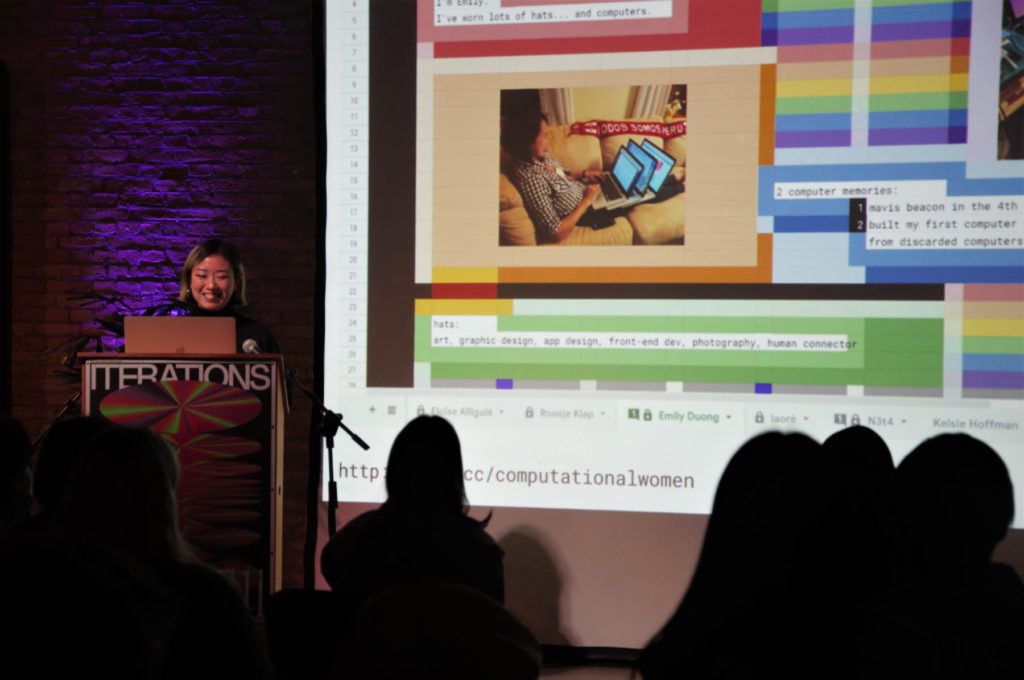
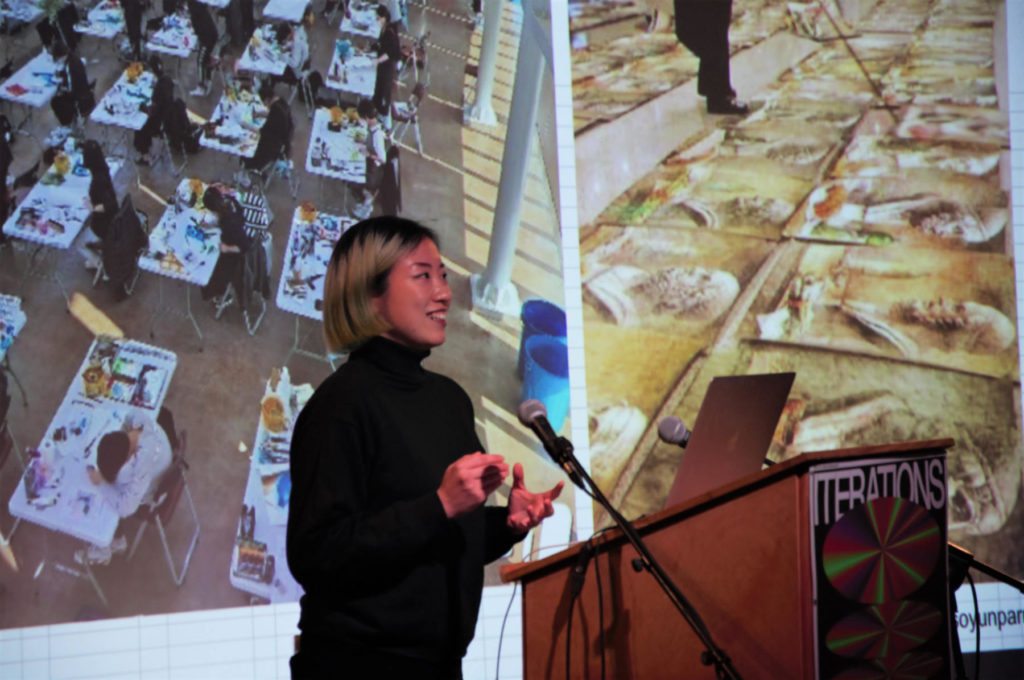
Do you still write code? Or did you leave it behind?
I’ve always been a sneaky fake (?) coder who doesn’t really code but looks like someone who does very well for some reason. I live off a very low knowledge of programming languages such as a tiny bit of Javascript and python but (I guess) with a decent level of systematic thinking and knowing how to debug completely relying on communities – StackOverflow for example.
A few years back I was only fascinated by the fancy ‘new’ technology. Every time they came out, I had to learn and adapt them to my work. But recently I’m more and more interested in how to maintain low-tech sustainably. I want to write the easiest, lightest code possible so our web is livable and approachable. By keeping the old technology alive, I would like to have more freedom with restrictions and less functionality.
I’m more and more interested in how to maintain low-tech sustainably.
An RGBdog project ‘Homegrown In(ter)dependence’ (2023, upcoming) attempts to tackle this topic. With the support of the Dutch public fund Stimuleringsfonds, we are researching to build tools and manuals to encourage the level of independence in a digital environment. Building a homemade server against cooperation Cloud subscriptions, and a solar-powered generator in case of emergency are some of the subjects. This project is ultimately to design accessible instruction to build these tools for people who don’t have programming knowledge. It doesn’t only deal with reachable hardware builds, but also writing/designing/programming lightweight and inclusive web-based manuals. A bit ambitious, but I would love to push hard on it.
So the answer to the question is yes, I do write code, and I try to find the simplest way possible.
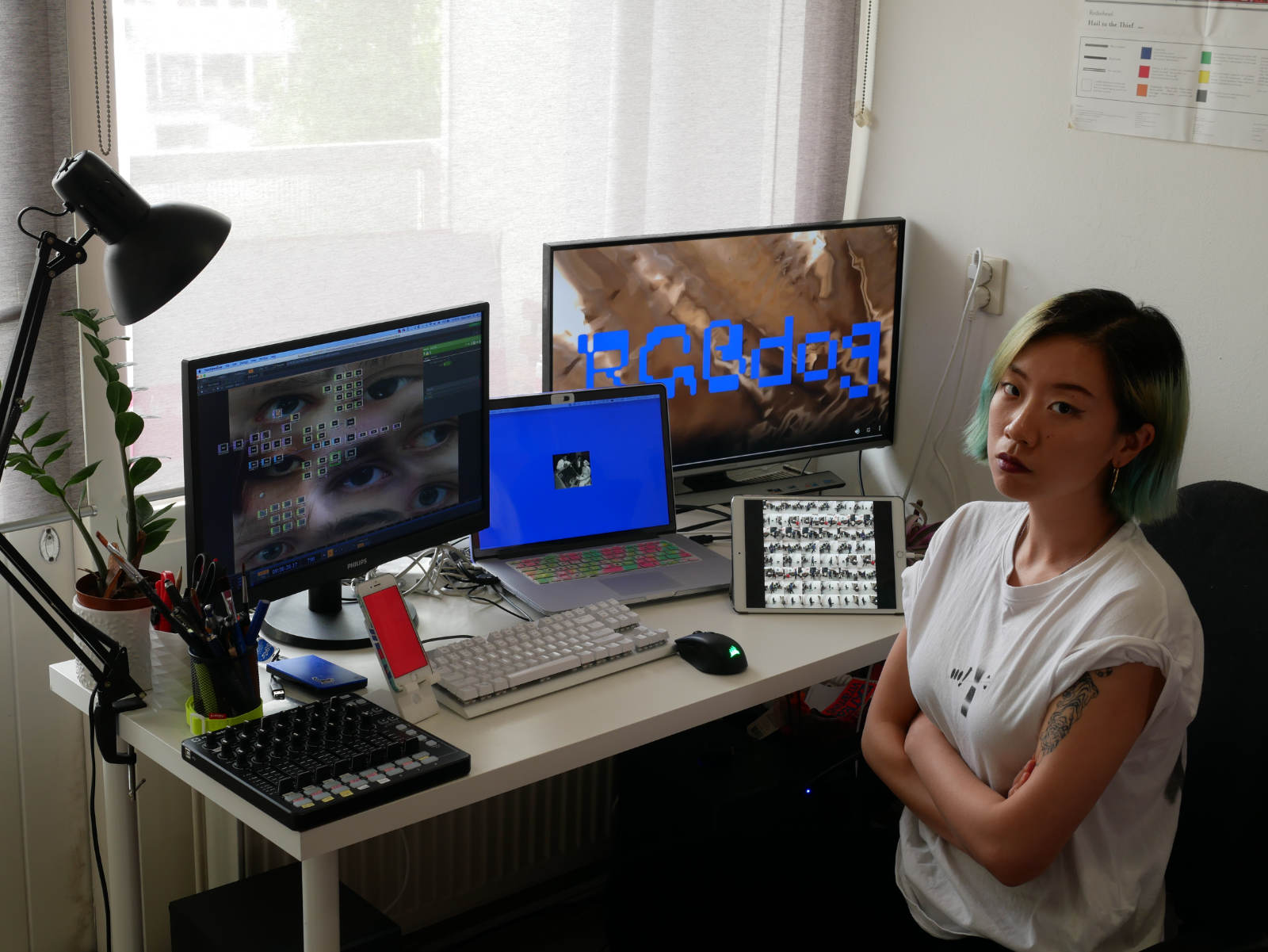
As far as i know you experiment a lot with Artificial Intelligence. The last months were crazy! First Dalle2 came across and then ChatGTP. How do you think will AI change the perception on human artworks?
The most interesting change happening with AI use for me is, of course, the discussions around ownership but also the concept of a digital apparatus and how that changes human professions. (I will not talk about the disputes here though – it’s going to be a long long interview..!)
When I teach Stable Diffusion, many students wonder how to make the exact image they have in mind with it. ‘I want to place humans rather in the middle, and the environment in the back, but it always appears in a random spot…’ for example. While ‘prompt engineering’ is a big thing now so we try to guide the machine as we want as possible, I believe the approach we take when we work with a different kind of intelligence has to be revised. We compare AI tools with creative software that executes specific logic. With that software, there’s no uncertainty. You know what button will do exactly what. Therefore here, uncertainty is not really part of the process.
For the project Fantasia Realism I mentioned above, we created a protagonist character narrating in a child’s voice. We wanted to give it a role on stage under the spotlight, aligning the whole art direction which was full of weird toys and flowers. For making the character, we decided to take the risk of uncertainty and ask our prop designer Mika Schalks to create a strange plush toy inspired by an AI-made image.
With Ai, the ‘not sure of what’s exactly going to happen’ part becomes a great creativity. This makes the process feels like a collaboration rather than an execution by giving orders to the machine. With this cooperation, non-visual artists become visual artists, non-musicians become musicians, non-writers become writers and intersections are made of all professions. I’m excited to witness the creative outcomes made through this development.
I recently read your interview with thehmm.nl titled “Embracing Constraints” and I was magnified by the idea of exploring ways to work with everyday technology in a completely unintended way. Could you tell us a bit about that?
I think the project you are referring to is A Collective Booklet for Computational Women (2020). It’s a crowd-sourced social project using Google Sheets as a medium. Inspired by a historical photo of a woman in front of the first computer in The Netherlands, I reached out to women computer lovers to share their personal stories about machines. It’s solidarity in a way, against the stereotypes. As the submissions are limited to the open Goole Sheets environment, there are so many beautiful sheets made in different designs adapting to the limitation. Please share your story there, if you all like. It’s still open and being updated!
I believe one of the important keys towards critical thinking/making around technology is being playful and hacking the intentions. By taking unconventional ways to navigate them, we discover more and are intrigued. And most importantly, it’s fun! Using conventional digital tools like Google Sheets & Microsoft 365 is convenient for that purpose because we and the audience are familiarised with them already, and also there are many political issues to touch upon…
I believe one of the important keys towards critical thinking/making around technology is being playful and hacking the intentions.
Here I’d like to mention that I’m inspired by Conditional Design (by Luna Maurer, Edo Paulus, Jonathan Puckey, Roel Wouters) and Low Tech Solutions (by Kris De Decker and more) as well as permacomputing. These ideas include constraints, conditions, low & sustainable technologies, and ultimately, less with more. By setting boundaries, we often flourish beyond. That’s one of my principles when it comes to teaching as well.
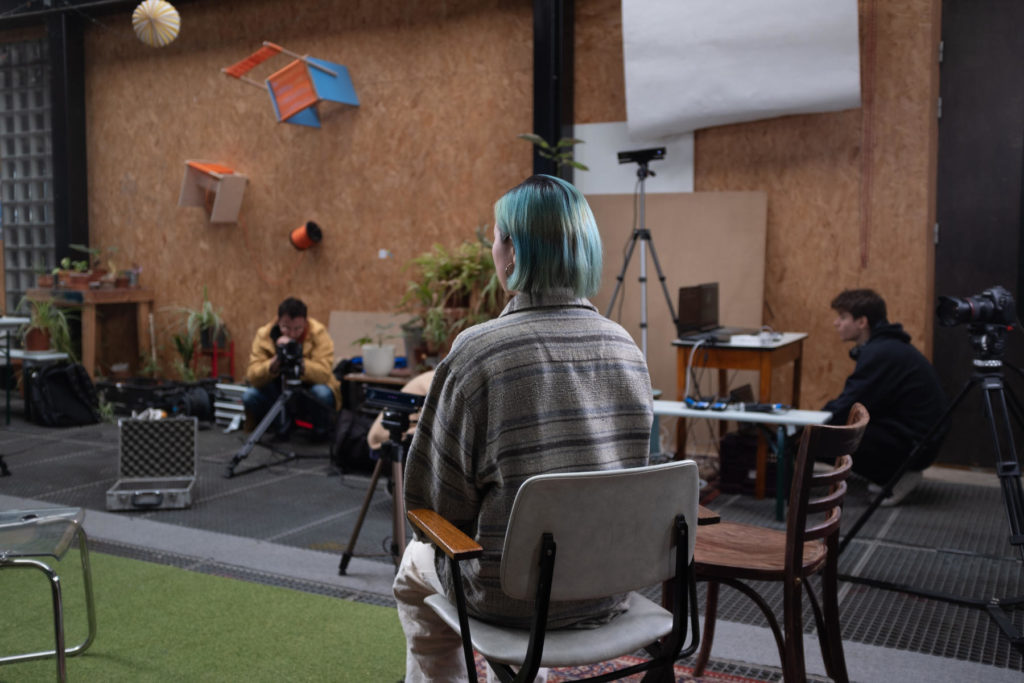
We should not forget about joy and play when we talk about technology!
What projects are you currently working on?
At the moment, I’m focusing on education and social projects such as Homegrown In(ter)dependence as I mentioned above. Learning through teaching, so that I can take part in the individual student’s journey in a long term, has been a great joy for me. I also feel like that is one of the good things that I can possibly leave on this chaotic earth.
On the other hand, I have a passion towards theatre/performances/stage production. Soon I would like to make a (simply) sick show with musicians that provokes dopamine levels and energy! Music powerfully bonds us all, and I would like to take part in that with what I can do.
The film is another medium that I’m fascinated by. I’m planning to start making one later this year with the same artists, Yelim Ki and Inwoo Jung who I co-directed the fictional film Wunderkammer 10.0 with. Premiering a work in a film format brings such diverse customs and cultures to broader audiences and we love exploring that.
You told me that you are a big fan of Star Trek and that you look at it from a philosophical point of view. I loved that statement, but i still wonder what you meant by that. Could you point that out for us?
I can’t stop talking about Star Trek, especially TNG (The Next Generation), so thanks for asking me that!
What’s amazing about this series is that it introduces flexibility to different scenarios in our minds. And these fictional narratives are built upon philosophical questions of who we are, why we exist, why we explore, and why and how we communicate with other beings. The way it depicts the human species without poverty, discrimination, and wars, (although there are still problems that occur unfortunately, of course) in the future of the 24th century gives me hope.
A society without a limit on resources thanks to technology and with access to high-speed warp travel between planets has different kinds of concerns, ethics, customs, and cultures we haven’t imagined. Regardless if this would be our optimistic future or not, I believe these speculative practices prepare us to act and live in this transformative society. Star Trek TNG touches upon that with very accessible and understandable narratives. That’s why I’m a very big fan of Star Trek.
You run a community-based studio called RGBdog and some time ago you published a beautiful series of interviews with creatives on that platform. What is RGBdog about?
RGBdog is a sort of studio/community/organisation/group that I started without knowing what it is around 3 years ago. For the past years, I’ve been trying to figure that out by intuitively initiating cultural projects such as Volumetric Interviews, and BedroomLiveOut involving artists, musicians, creative technologists, researchers, and diverse audiences. Through the observation of what it’s transforming into together with people who work with me, it’s getting clearer.
Right now RGBdog became a fluidly-grouped creative studio that encourages technological literacy through playful interactions. We thrive on accessible, approachable, critical, joyful, and bonding technology. We find solidarity in being together, in the joy of forming a community we belong to together.
When we release the episodes of Volumetric Interviews live on Twitch, we always have amazing audiences joining along, chatting about what they work on, what they are fascinated about, etc. It’s beautiful to see how people can get together on this subject.
Technology has been notoriously known for being misused to create a toxic environment and I’m not arguing that it will eventually save us all. But I believe we can still work on human perceptions and unity around caring technology. We should not forget about joy and play when we talk about technology! They will make us more sensitive to empathy and care in human-nonhuman-machine relationships. I want to provoke that with my community at RGBdog.
Many thanks for sharing your thoughts and all the best for you!
Thank you for inviting me to share my undefined thoughts. And thank you for reading, all of you! And let us care for each other with humane, ethical, and bonding technology. 🙂
Links
Related
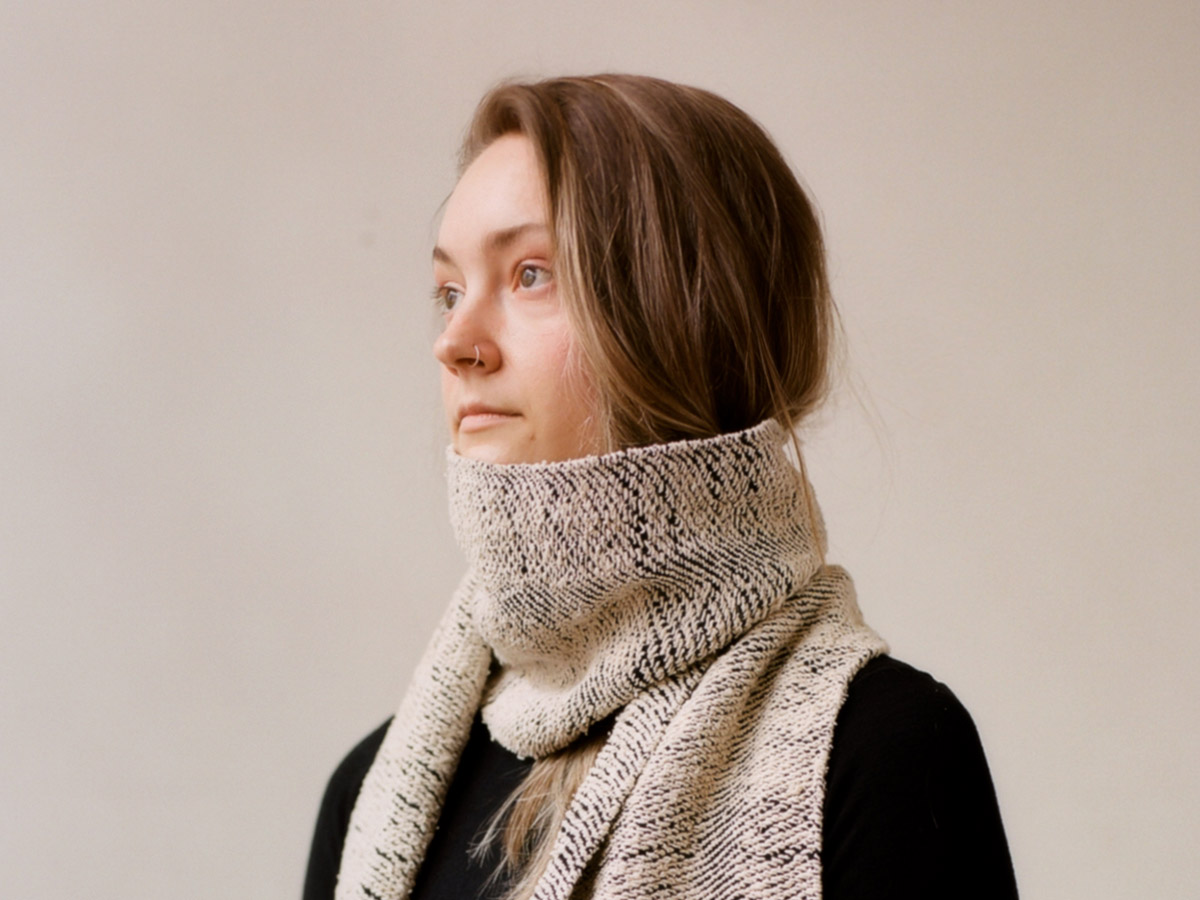 Sam Griffith connects Creative Coding with Enviromentalism
Sam Griffith connects Creative Coding with Enviromentalism
In this post I’d like to introduce you to Sam Griffith, a talented graphic designer based in Detroit, to discuss […]
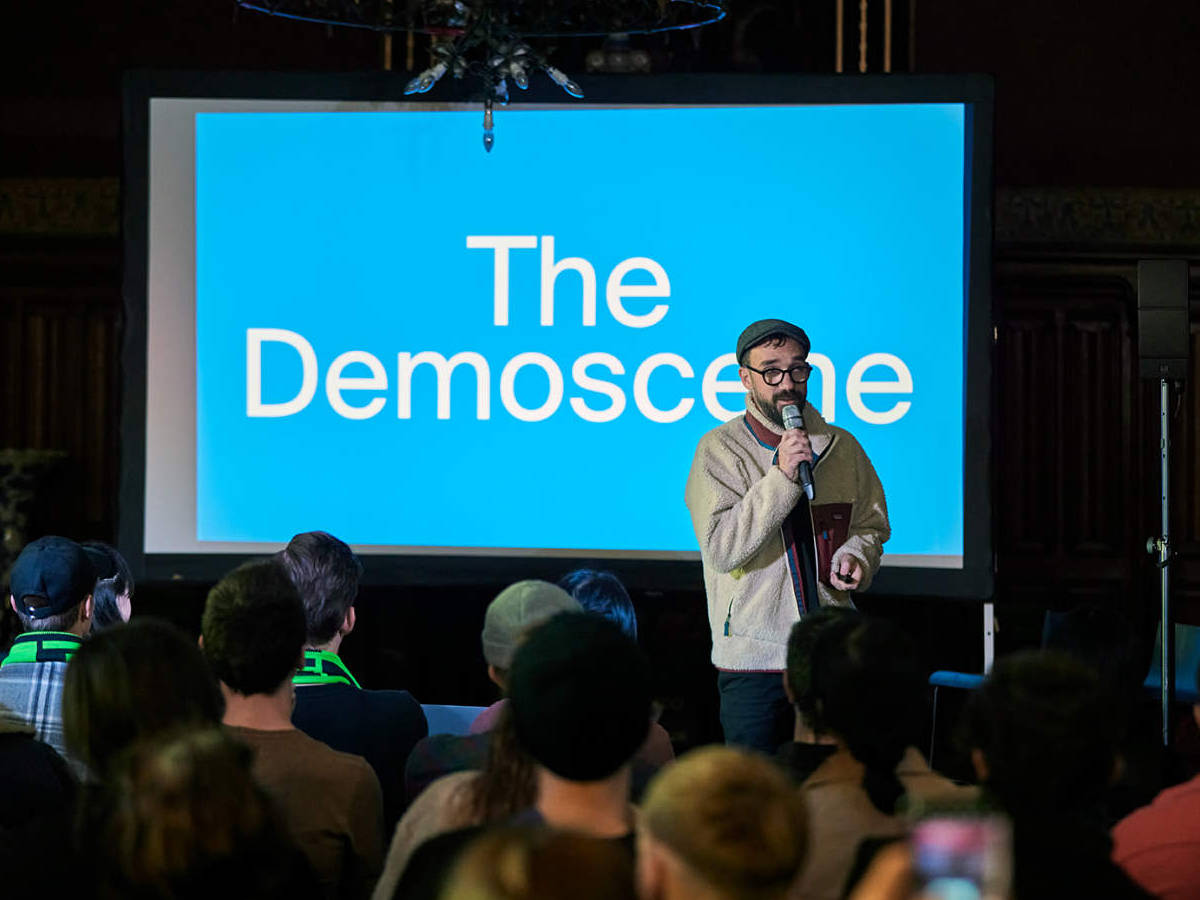 Throwback: My Talk at Demo Festival 2022
Throwback: My Talk at Demo Festival 2022
The next edition of the DEMO Festival is already approaching and I am currently developing a brand new talk for […]
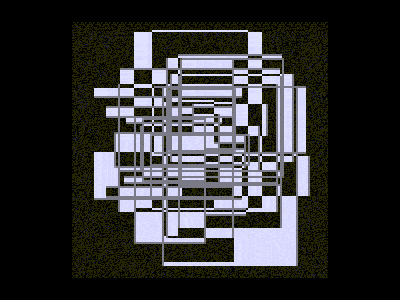 Powers of Two – 128kb by Lena Weber
Powers of Two – 128kb by Lena Weber
20 = 1 21 = 222 = 323 = 824 = 1625 = 3226 = 6427 = 128 … »In […]
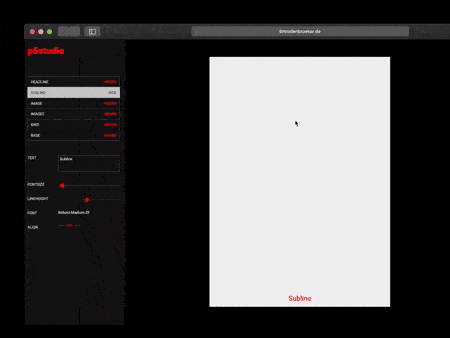 p5.js Design Tools Directory
p5.js Design Tools Directory
Hi! In this post I’ll collect case studies and direct links to tools that people have built with p5.js and […]
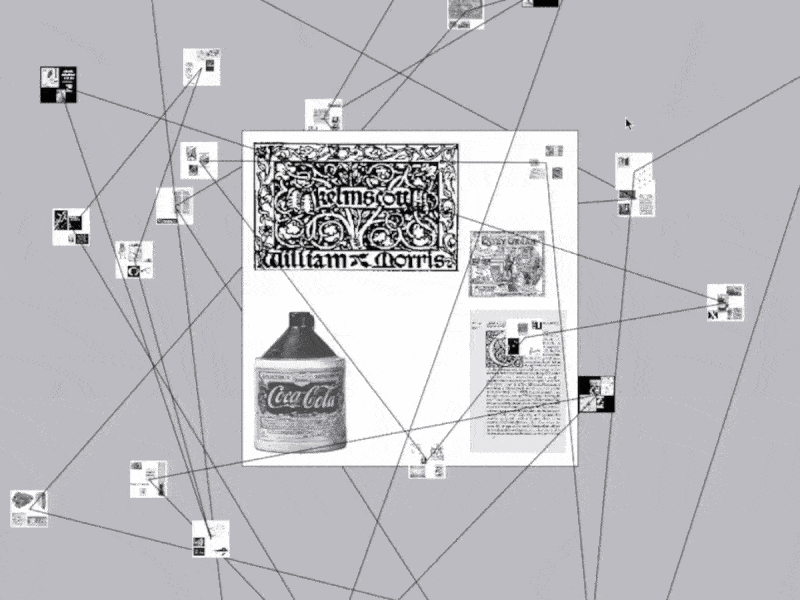 Omid Nemalhabib explores the intersection of Creative Coding and Perso-Arabic Typography
Omid Nemalhabib explores the intersection of Creative Coding and Perso-Arabic Typography
In 2022, I spontaneously posted a story on Instagram: If anyone out there is also in Rotterdam, I’d love to […]
 A conversation with Talia Cotton
A conversation with Talia Cotton
During OFFF Festival here in Barcelona, many interesting people come around! This interview with Talia Cotton came about almost by […]
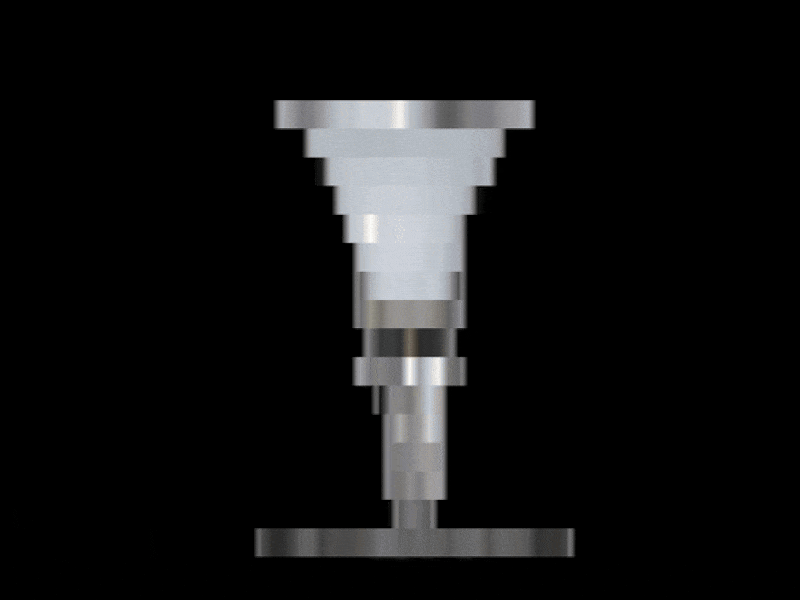 Lena Weber about her collaboration with A. G. Cook
Lena Weber about her collaboration with A. G. Cook
Lena: This 10-minute visualiser for A. G. Cooks album teaser featuring my python archive generator, is one of my favourite […]
 A conversation with Anna Shams Ili
A conversation with Anna Shams Ili
Hi Anna! It was super nice to meet you at the PCD CPH, I really liked your talk in which […]

